Our hips play an important role in lots of daily activities, so keeping them strong should be a goal for folks of all ages.
For example, tasks like walking, standing, getting out of a chair, and going up stairs all depend on a certain level of hip strength to perform safely.
And unfortunately, muscle strength declines naturally as we age, which can lead to instability and an increased risk of falls for seniors.
The good news though, is that there is something we can do about it!
Incorporating hip-strengthening exercises into a regular routine can help improve strength and prevent the unwanted consequences that comes with weakness.
In this guide, we’ll go over some of the best hip exercises for seniors, along with tips for performing them safely in your home.
Benefits of Hip Strengthening Exercises for Seniors
Being stronger is always a good thing because it just makes everything in life a little easier.
That said, having strong hips is especially important for seniors for the following reasons:
Improved Mobility
As mentioned earlier, our hips play a big role in most daily activities, so having stronger muscles in this area can make these necessary tasks easier to perform.
Strengthening the hip muscles can improve the ability to walk, climb stairs, stand from a chair, as well as make most other movements more comfortable.
And being able to perform these tasks more comfortably can help improve a senior’s level of independence.
Improved Stability and Balance
Our hips also play a big role in how stable we feel while walking.
This means having stronger hips can help improve balance and stability while walking and performing other standing activities of daily life (ADLs).
For example, our hip abductors (the muscles on the side of our hips) are responsible for stabilizing our pelvis every time we step.
And if these muscles are weak, it can cause our pelvis to drop (presented as a limp), increasing the risk of falling.
This is why hip strengthening should be part of any fall reduction plan.
Pain Reduction
Regular exercise can also help alleviate hip pain caused by arthritis or muscle weakness.
Exercise can’t repair the joint damage that occurs with arthritis, but strengthening the muscles around an achy joint can help support the area, improving stability and sometimes reducing pain.
And having strong hips is always a good idea when it comes to dealing with low-back pain.
Safety Tips Before Exercising
The hip strengthening exercises listed below are generally safe for most seniors, but it’s still a good idea to take a few precautions:
- Consult Your Doctor: Always check with a healthcare provider before starting a new exercise routine, especially if you’re dealing with chronic pain or other conditions that may affect your ability to exercise.
- Warm Up First: Gentle stretching or walking for 5-10 minutes helps prepare the muscles.
- Use Support if Needed: Hold onto a chair or counter for balance during standing exercises.
- Start Slow: Perform exercises with controlled movements and gradually increase repetitions.
- Listen to Your Body: Stop any exercise that causes pain or discomfort. Muscle soreness after performing new exercises is normal, but sharp pain while exercising is not – never push through pain!
The 7 Best Hip Strengthening Exercises for Seniors
1. Sit-Stand Transfers
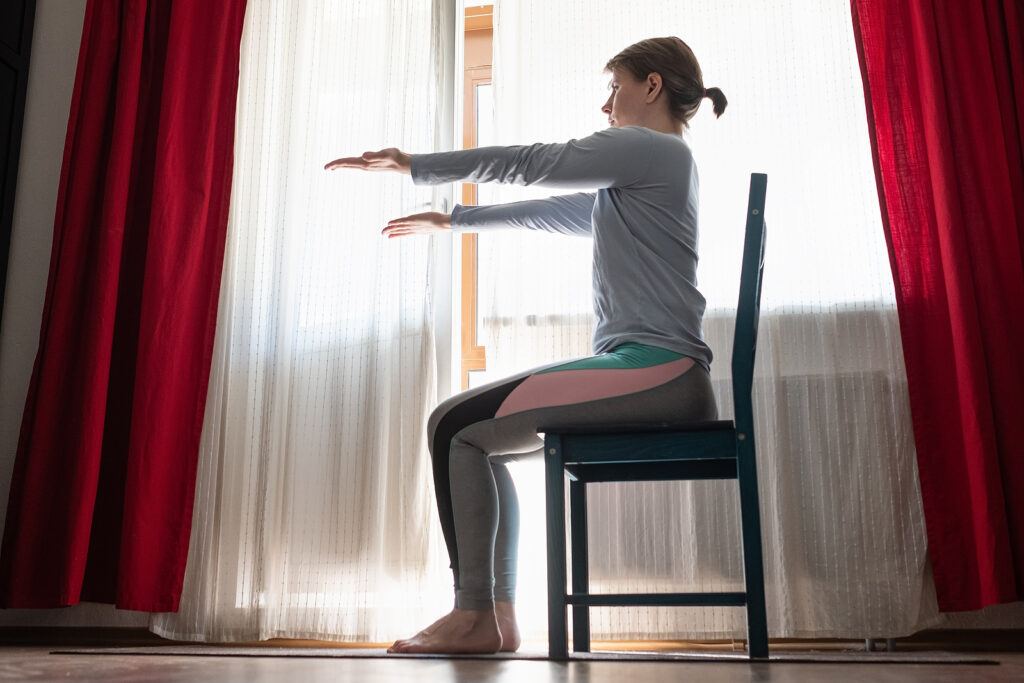
This is a great exercise for seniors and I use it in one variation or another with just about every patient I work with.
It’s great because it works just about every muscle from the waist down and it improves confidence with a task most of us have to do every day – stand up from a seat.
This exercise is essentially squats, but using a chair improves safety and helps ensure proper form.
Targets: Hip extensors and thighs
- Sit in a sturdy chair with feet flat on the floor and scoot to the edge
- Lean forward and focus on driving your feet down through the floor as you stand up
- Pause for a second in standing and then slowly return to a seated position on the chair
- Repeat for sets of 5 – 10 reps
Helpful tip: you can make this exercise harder by not using your hands or using a lower, softer seat. You can also focus on squeezing your butt as you stand to exaggerate the hip extensor activation.
2. Standing Hip Abduction
This is a classic exercise to strengthen the muscles on the side of your hips (hip abductors) and it’s great because it can be done anywhere you have enough room to stand.
Targets: Hip abductors
- Stand tall, holding onto a chair or countertop for support
- Slowly lift one leg out to the side without tilting your body
- Lower the leg back down and repeat 10-15 times per side
Helpful tip: you can make this exercise more challenging by increasing reps, increasing sets, or adding resistance with the use of an ankle weight or resistance band.
3. Bridges
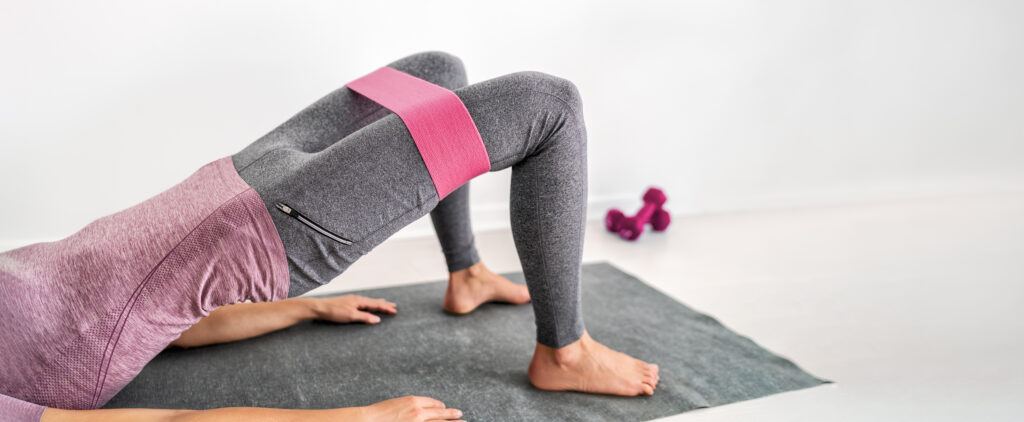
Bridges are a great exercise to strengthen the hips and low-back, but you have to be careful with these because they can cause pain.
Especially if you’re prone to low-back pain.
Targets: Hip extensors, lower back, and hip stabilizers
- Lie on your back with your feet shoulder-width apart, knees bent, and feet flat on the floor (or bed)
- Press through your heels and lift your hips toward the ceiling
- Hold for a few seconds, then lower back down
- Repeat for sets of 10 reps
4. Standing Hip Extension
This is another classic exercise you’ve likely seen before if you’ve ever done any physical therapy for your hips or low-back.
This exercise is convenient because it’s low-impact and can be done just about anywhere you have room enough to stand.
Targets: Hip extensors and hamstrings
- Stand tall, holding onto a chair or counter for balance
- Extend one leg straight behind you while keeping your back straight
- Hold for a second and then lower it back down to the starting position
- Repeat for sets of 10-15 reps per leg
Helpful tip: make sure you’re maintaining good, upright posture and try not to bend forward from the trunk to get more range of motion. It’s ok for your leg not too go that far back, the key is to focus on control and using the hip extensors to do all the work.
5. Side-Lying Leg Lifts
This exercise is a bit more challenging and requires more hip strength to perform, but if you find standing hip abduction too easy, it’s worth a try.
Targets: Hip abductors
- Lie on your side with legs straight and stacked
- Lift the top leg toward the ceiling, keeping it straight
- Lower it back down with control
- Perform 10-15 repetitions per side
Helpful tip: bringing your leg a few degrees back from midline while performing this exercise will ensure your hip abductors are doing all the work (and your hip flexors aren’t kicking in to help). It’ll also make this exercise feel more challenging.
6. Clamshells
Clamshells are another classic therapy exercise that are great for strengthening the muscles on the outside of your hips.
This exercise also comes in a lot of varieties, so you can adjust based on your needs.
Targets: Hip abductors, external rotators
- Lie on your side with knees bent and feet together
- Keep your feet touching and open the top knee while keeping your hips stable
- Lower back down and repeat 10-15 times per side
You can also try the popular seated version if you have a resistance band available:
- Sit on the edge of a sturdy chair
- Wrap a resistance band around your legs, right above your knees
- Place your feet together and keep them flat on the floor
- Open your knees apart, stretching the resistance band
- Hold for a second and then slowly return to the starting position
The seated variation is a great option for seniors with limited mobility or who find themselves sitting for long periods of time during the day.
7. Marching in Place
This exercise is helpful for strengthening the hip flexors, but it also gets the heart rate up and the lungs working, making it a good cardiovascular exercise.
Targets: Hip flexors
- Stand upright with your feet about shoulder-width apart
- Bring one knee up toward the ceiling and then return back to the starting position
- Repeat on the other leg
- Continue alternating sides and repeat for 10-15 reps for each leg
Helpful tip: feel free to hold on for support from a sturdy chair or kitchen counter for added stability if needed. Holding on with one hand is more challenging than holding with both hands.
Additional Tips for Success
- Perform these exercises 2-3 times per week for the best results.
- Feel free to mix and match exercises for added variety.
- Combine hip exercises with other low-impact activities like walking, swimming, or yoga.
- Use resistance bands for added challenge as strength improves.
- Stay consistent and track progress to stay motivated.
Final Thoughts
The exercises listed above are quite effective at improving hip strength when done correctly and done consistently.
I’ve personally used all of the above exercises with my patients and I’ve seen the benefits they can provide.
Again, the key is picking exercises that are comfortable and safe to perform and performing them regularly.
It takes time for strength to improve, so don’t feel discouraged if you aren’t seeing improvements as fast as you’d like.
If you keep moving and keep working, I’m sure you’ll start feeling the advantages these strengthening exercises can provide.
And if you have any questions, feel free to leave ’em below and I’ll get back to you shortly.
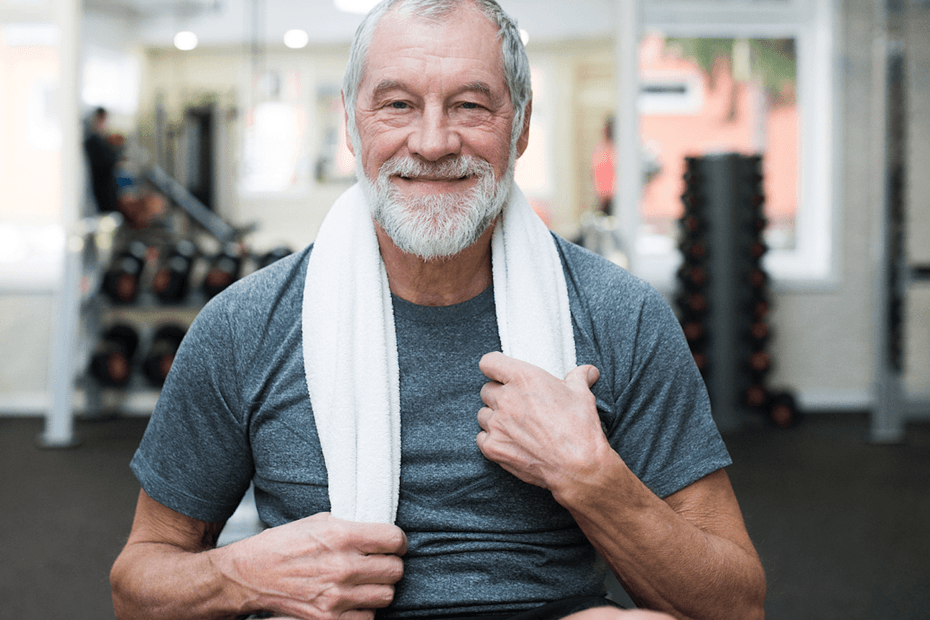

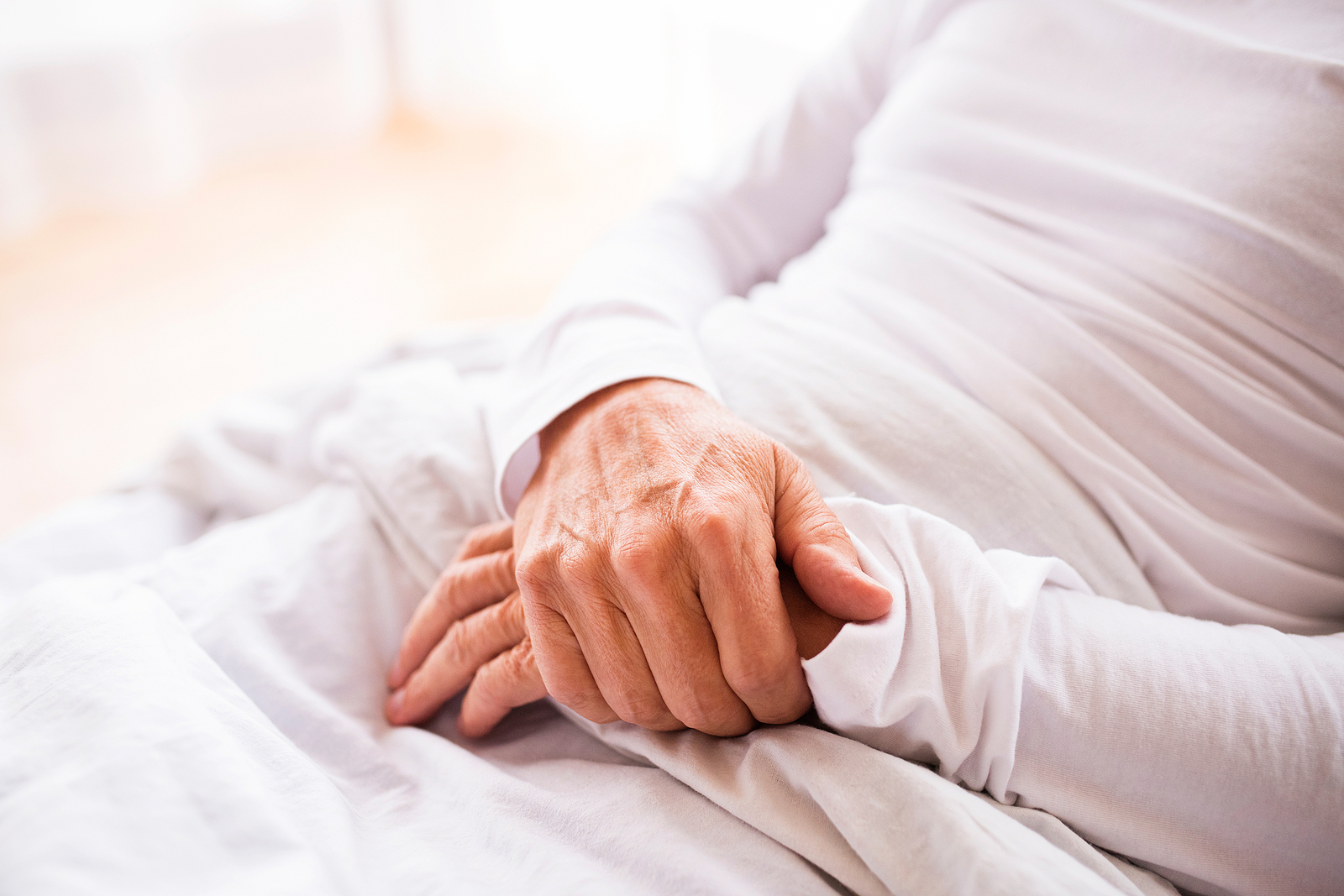
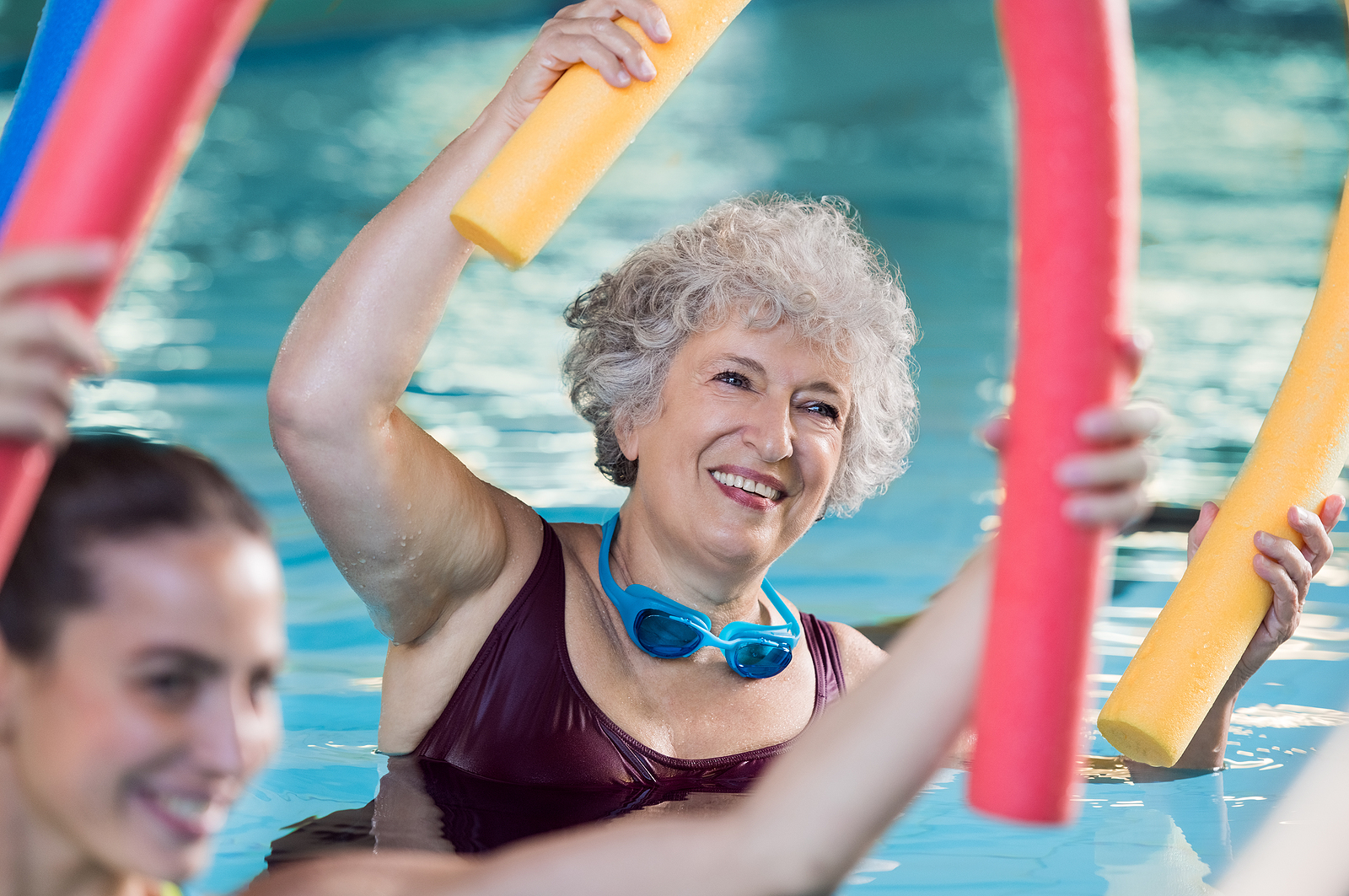
Do you have a similar program for strengthening thigh exercises for thighs for seniors that you have shown for hips? I like the way you describe this process.
Thank you
I’m glad you found this article helpful. I haven’t written a guide on thigh strengthening exercises specifically, but I did write about some of the best overall leg exercises for seniors, which includes several exercises that target the thighs (quads and hamstrings mostly), as well as a few for the hips. Here’s a link to that article if you’d like to check it out.